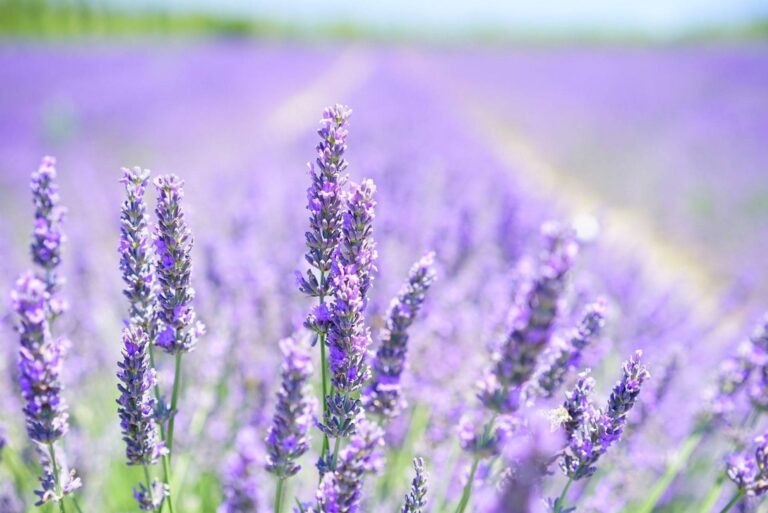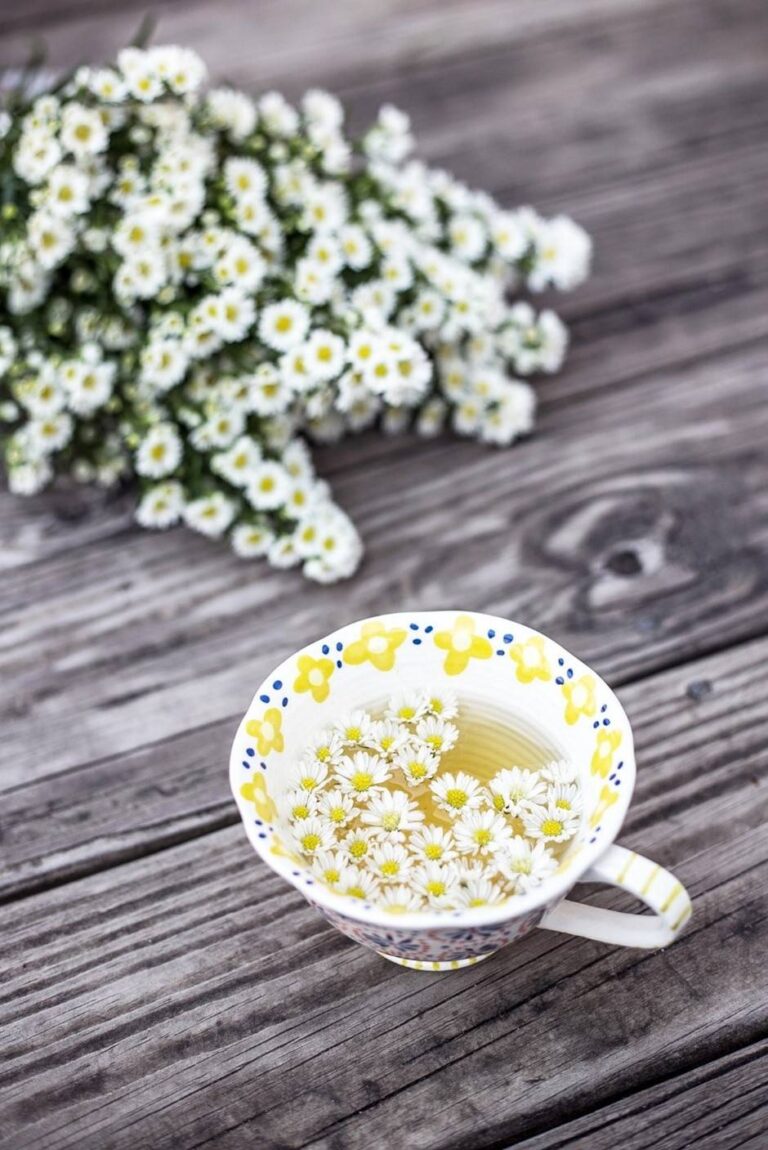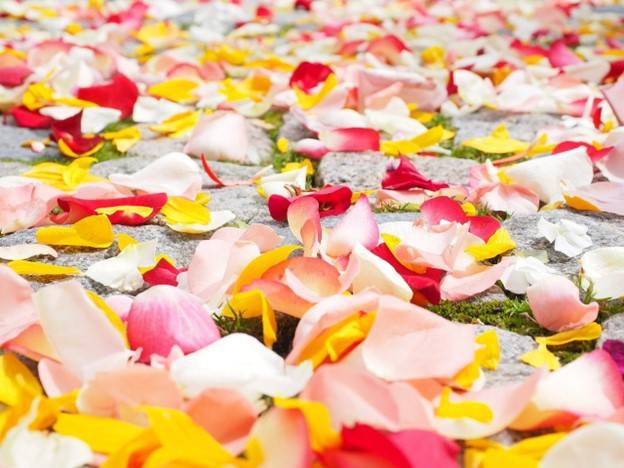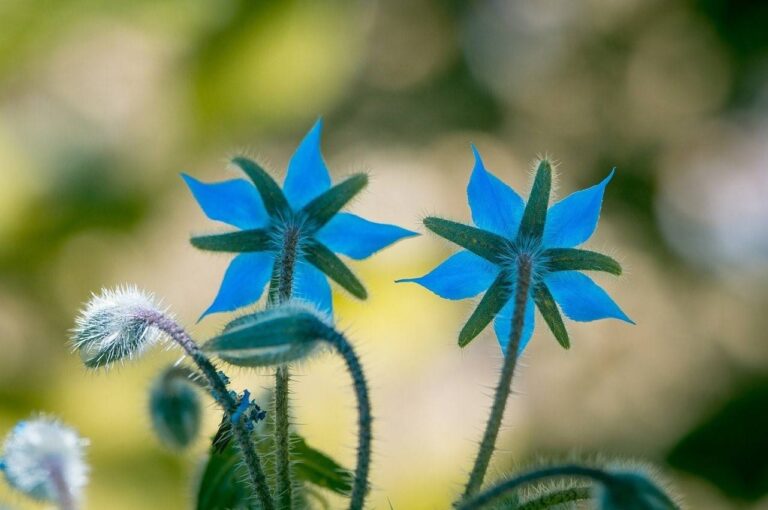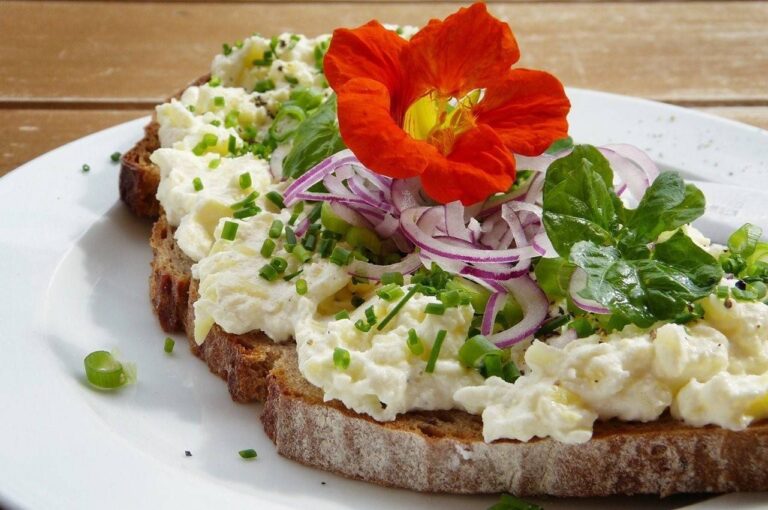
The Rise of Femtech & Why Women Love It
When women’s health and technology combine, the possibilities are seemingly endless. Femtech (Female + Technology) is hotter than ever. Covering a wide range of issues and product types, women all around the world are getting increased access to the latest and greatest apps (and much more!) to monitor and improve their health.
Read more to find out some of the trends and hot items in the industry — and why women are loving them and choosing to use Femtech products and services.
